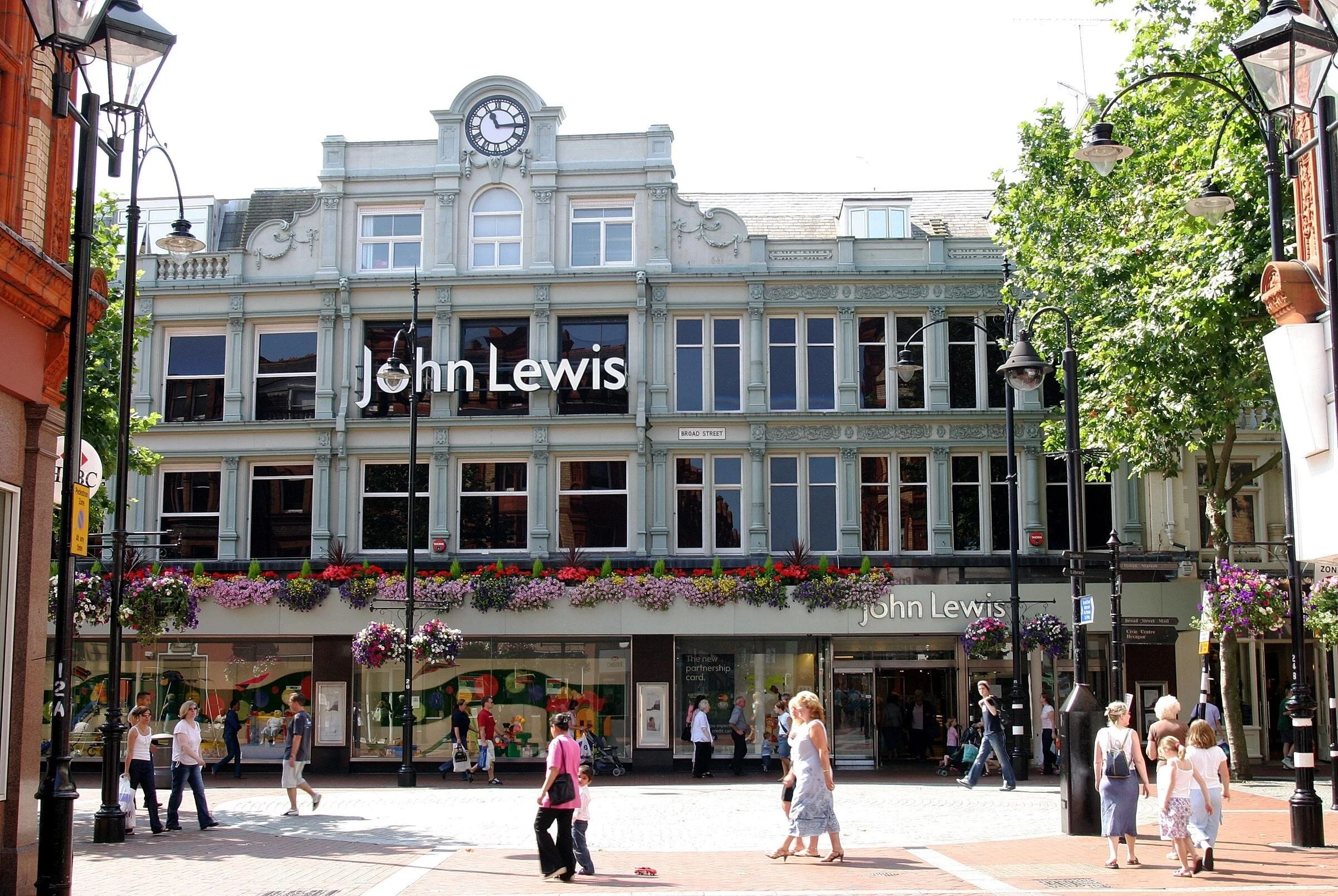
Clienteling
John Lewis (2019)
The Challenge
John Lewis wanted to look at their clienteling process (building relationships with customers based on their preferences, purchases, etc). The aim was to investigate how to improve revenue and explore potential new areas for clienteling within the business.
The Background
The project started with the insight that clienteling was less profitable than expected and had declined in revenue. A team consisting of myself as UX/Service Designer, a Business Analyst, a technical architect and the Product Owner were assembled to investigate this and try to improve the situation. While clienteling was used in several areas of John Lewis, we focused on the largest area, personal styling as a starting point.
Research
To understand the problem we used a mixture of desk research, interviews with and observation of stylists, interviews with back-office staff, and interviews with customers who had gone through personal styling appointments. The interviews were carried out by me and the BA, rotating between moderating and note-taking.
Between different store visits, we reviewed the outputs to make iterative amendments to the interview script.
Analysis
Once the interviews were completed, we workshopped our findings and potential hypotheses we could investigate. We identified a number of problems; one of the biggest being issues with inconsistent data and patchy follow-ups from stylists.
I also produced customer experience maps based on the research to help both the team understand the pain points and to detail the process for senior stakeholders.
Experiments & Outcomes
Once we had the problem we wanted to tackle, we identified a selection of stores to run experiments in. We began by ensuring the data quality was good enough for the stylists to work with. At the same time as this, the PO briefed the various stylists on what we wanted them to do.
As the experiments ran we continued to monitor data and answer occasional queries from stylists. If any stylists weren’t following what they were asked to do, they were contacted by the PO and then their line managers to encourage action.
The outcome of the experiments were that with the changes to process and data handling we did see a reasonable uplift in sales (c.10%). Unfortunately, this didn’t meet the threshold for further investment (c.25%) so the project was discontinued. While this may not sound like a success, the work we did prevented the business from investing substantially in an area that wasn’t profitable.



